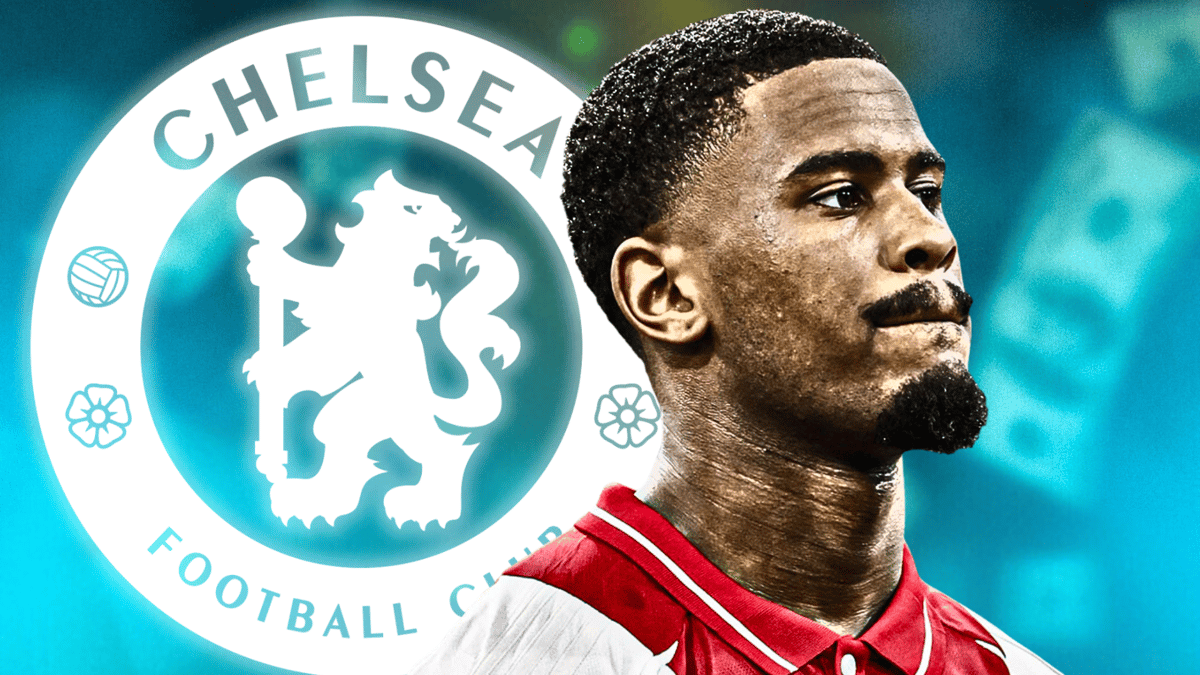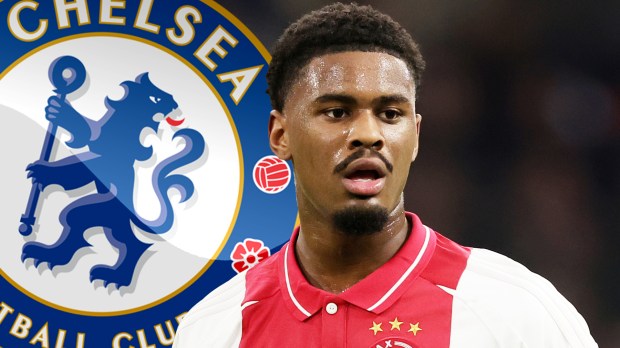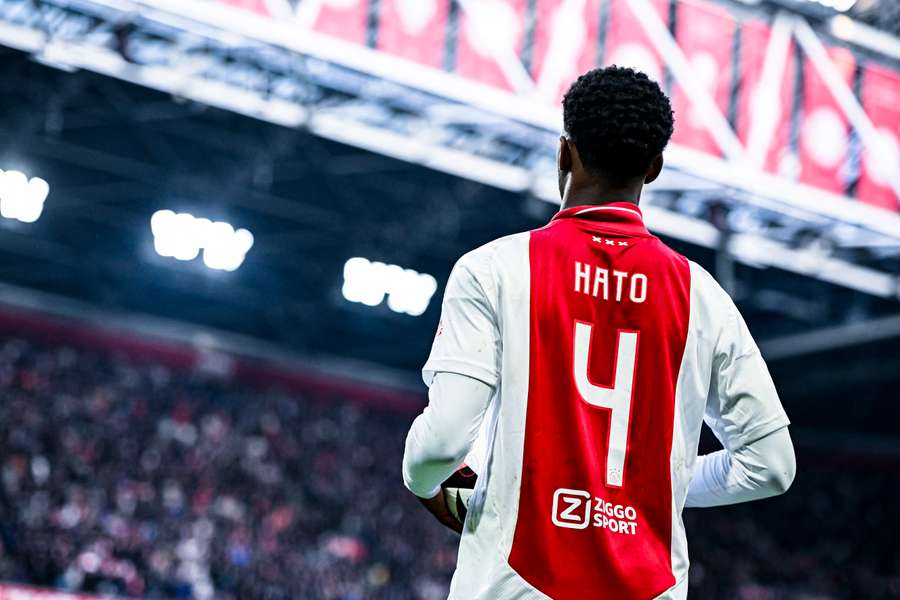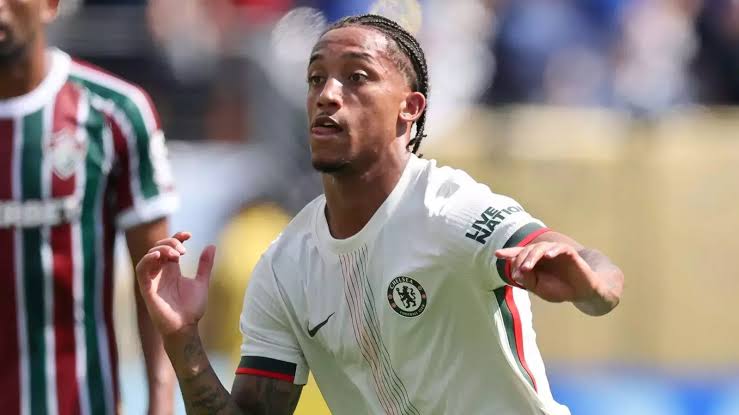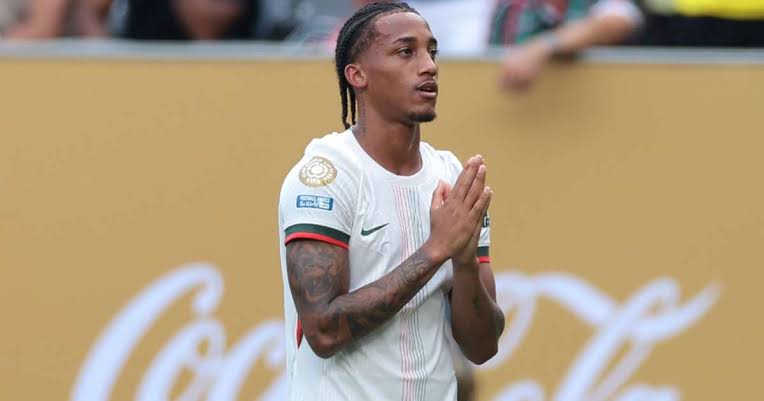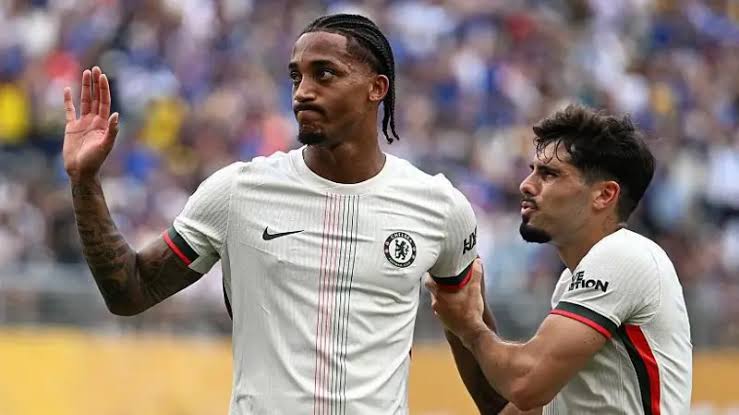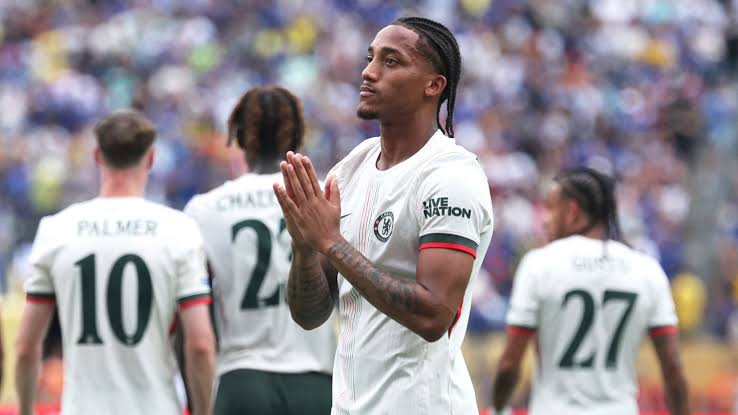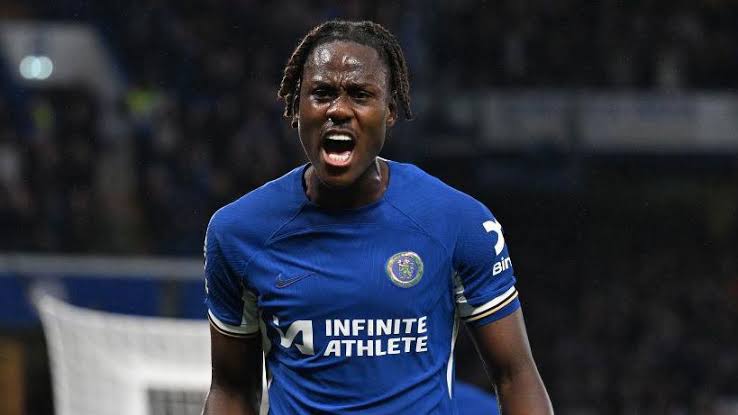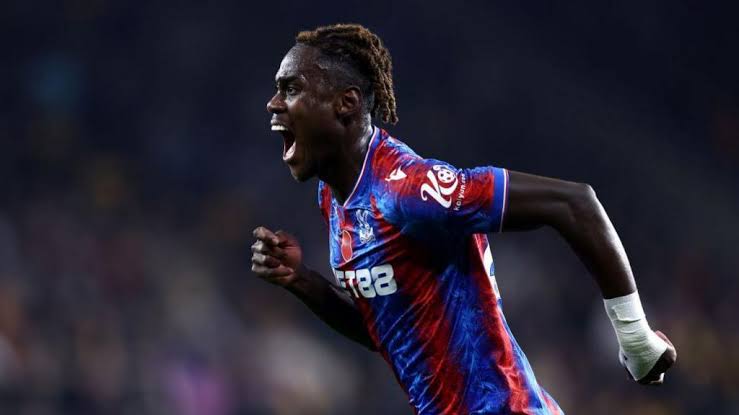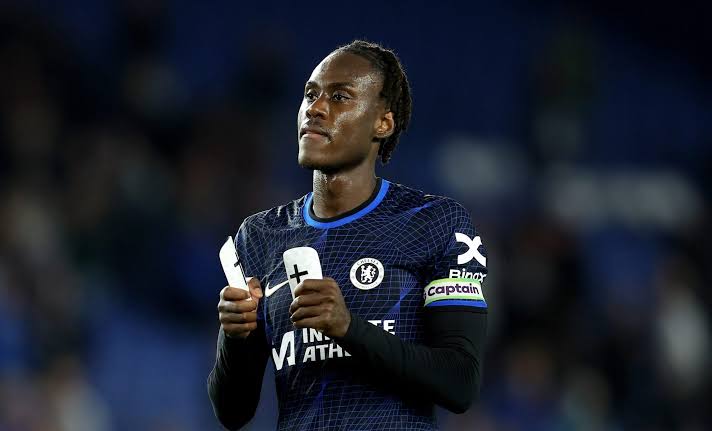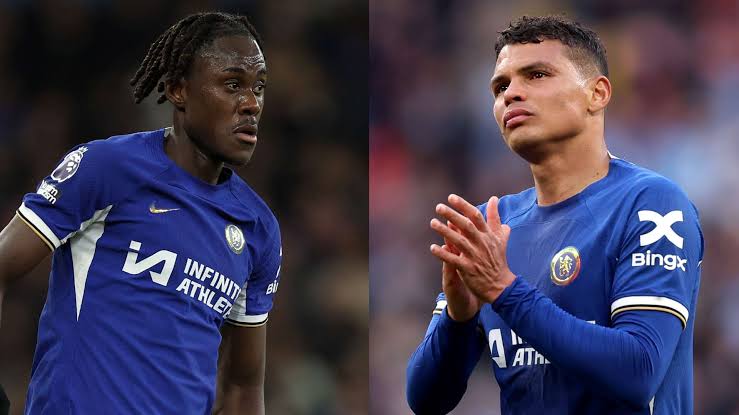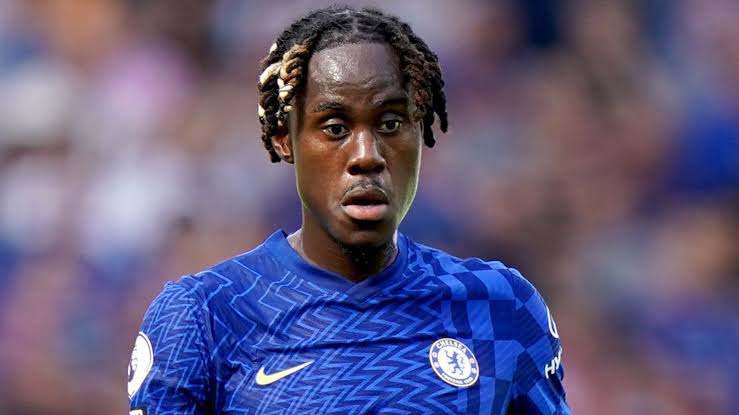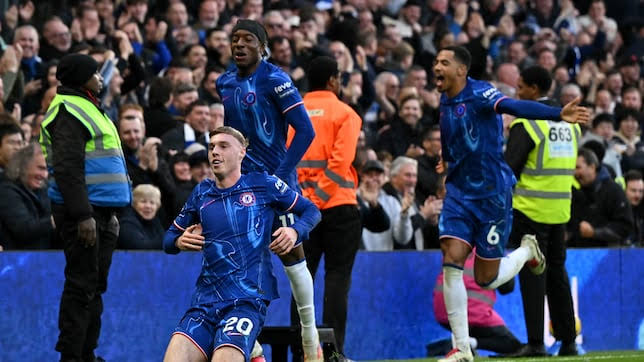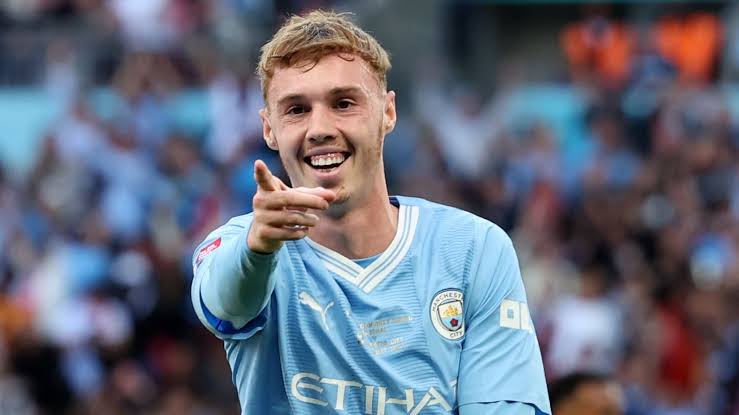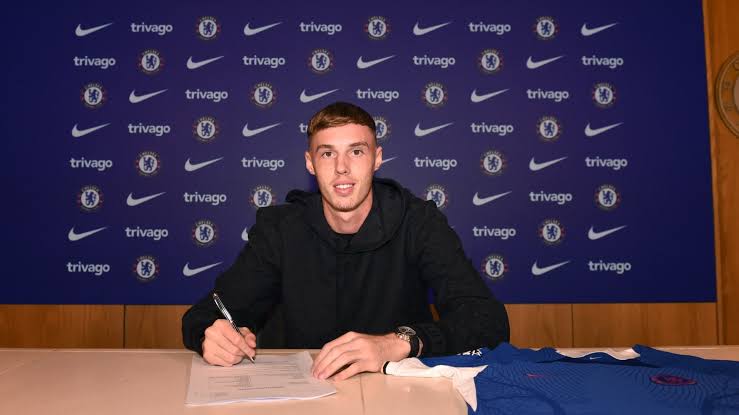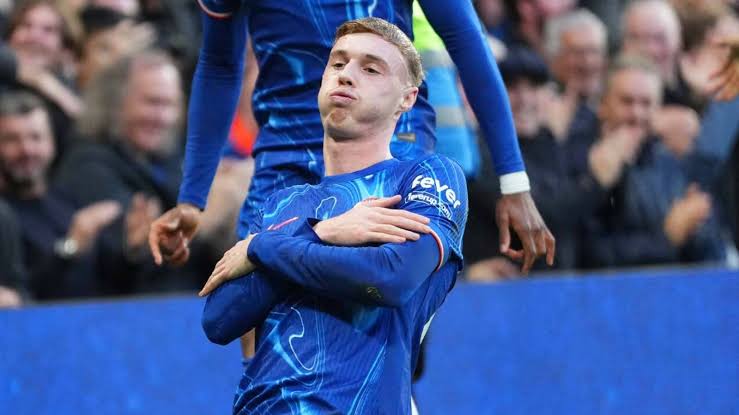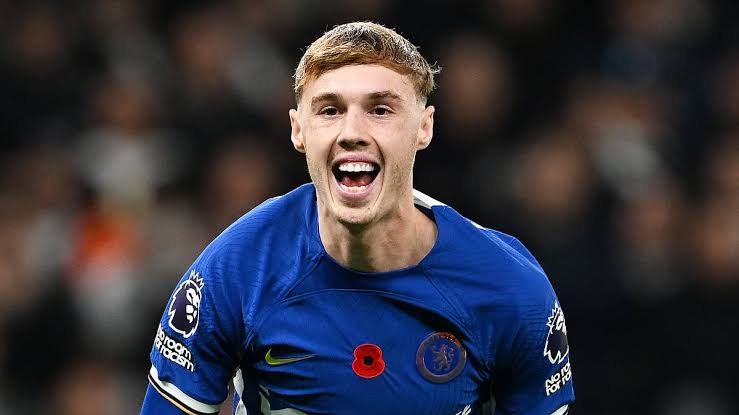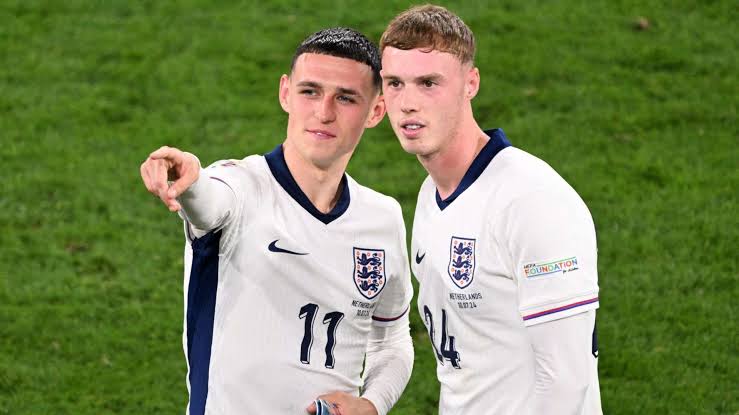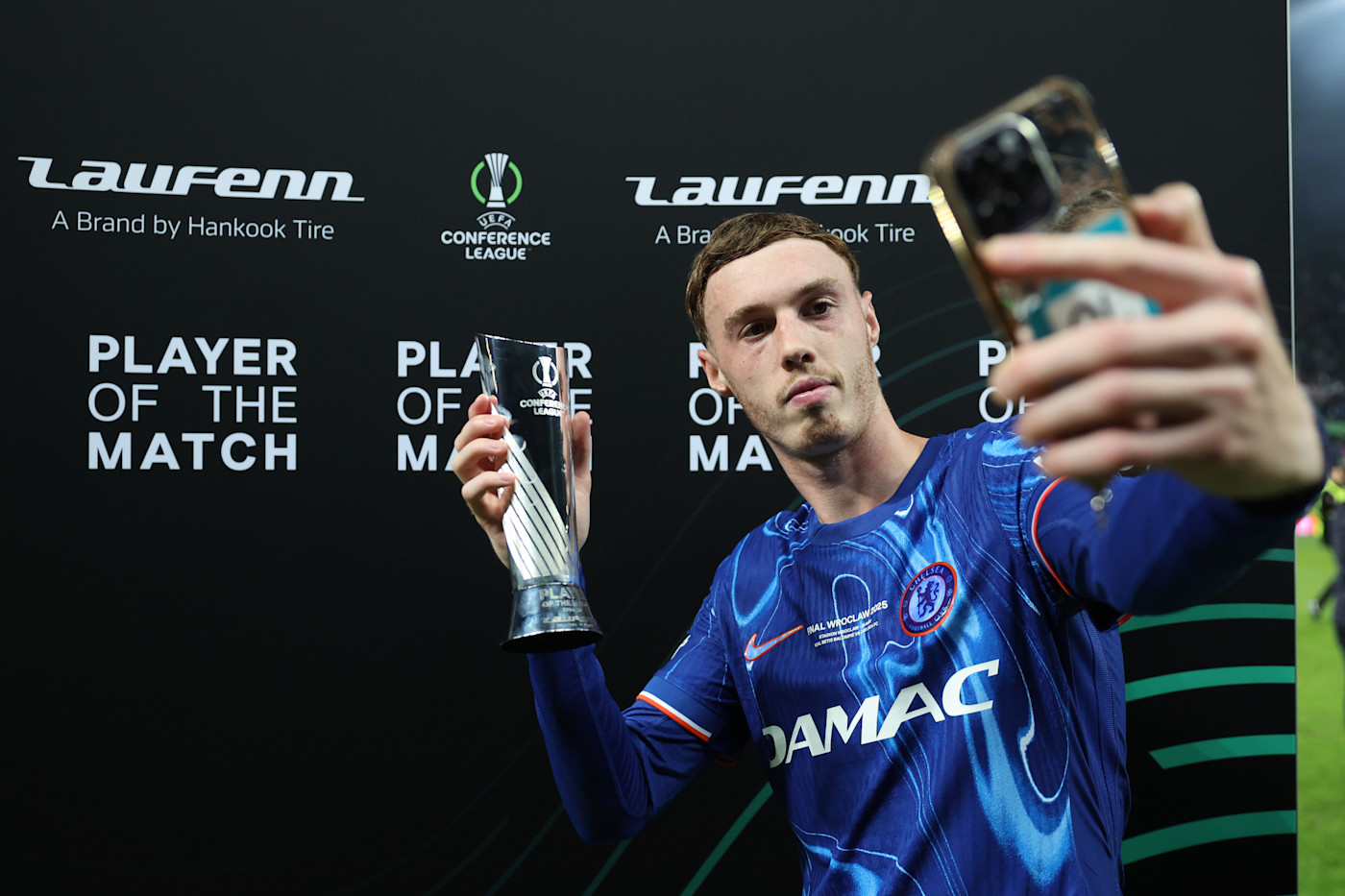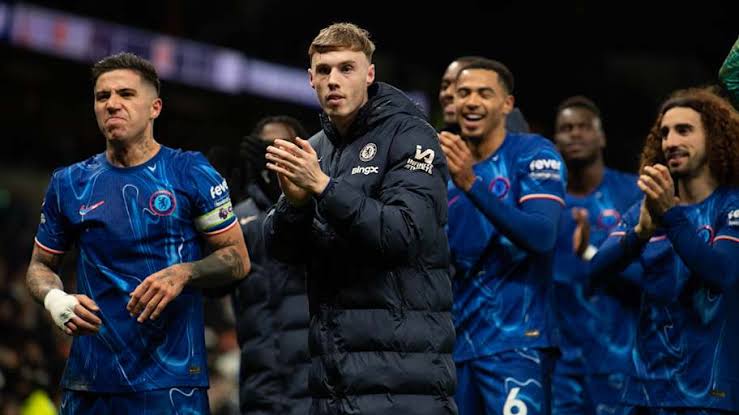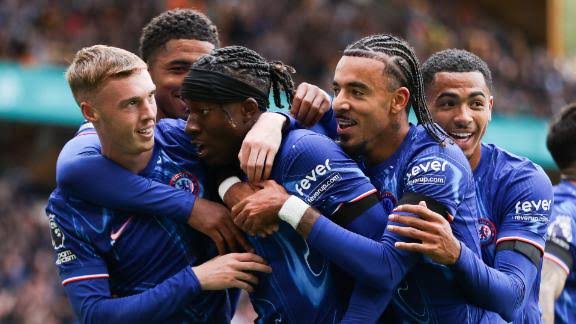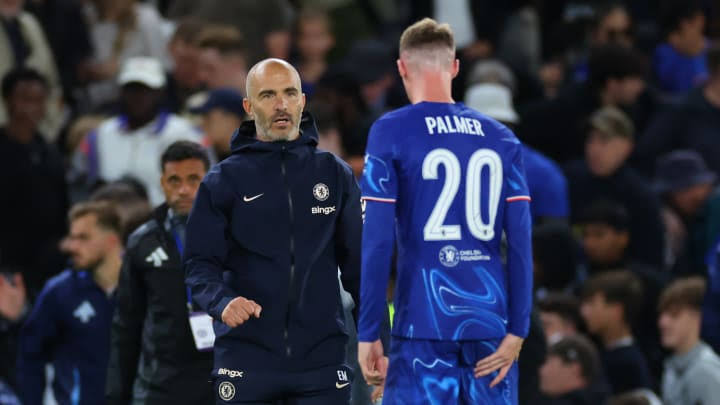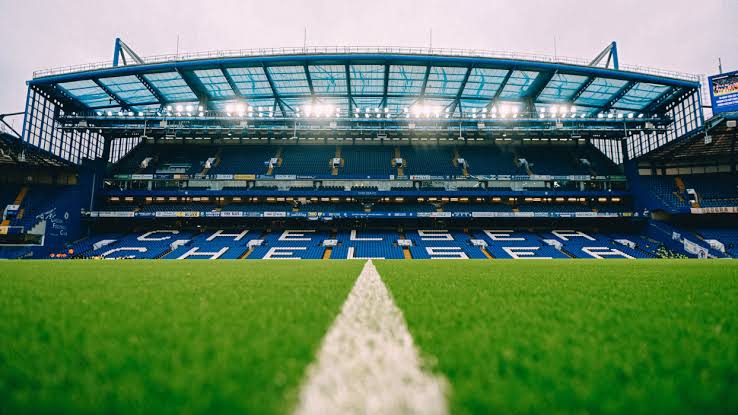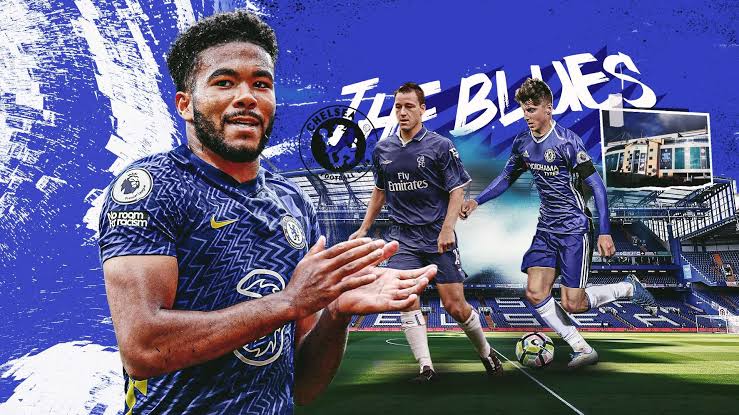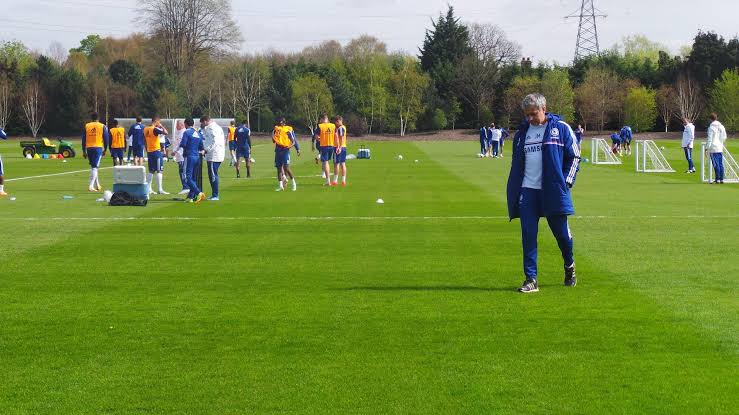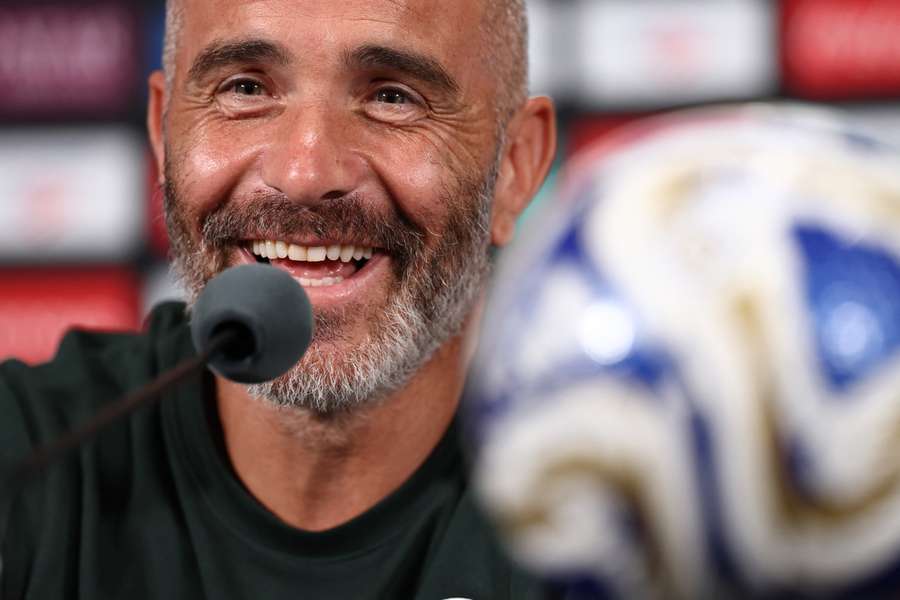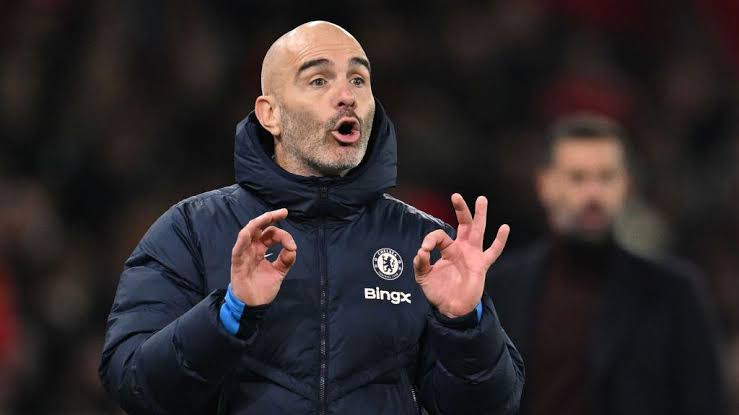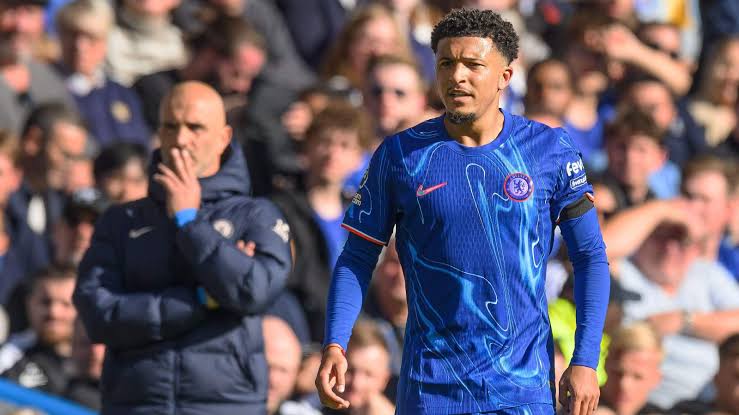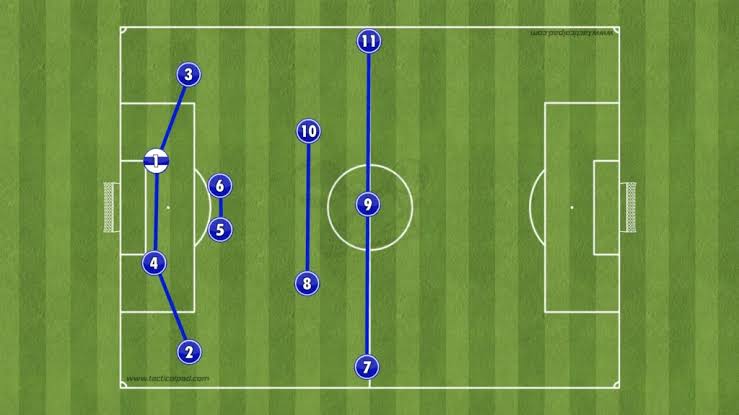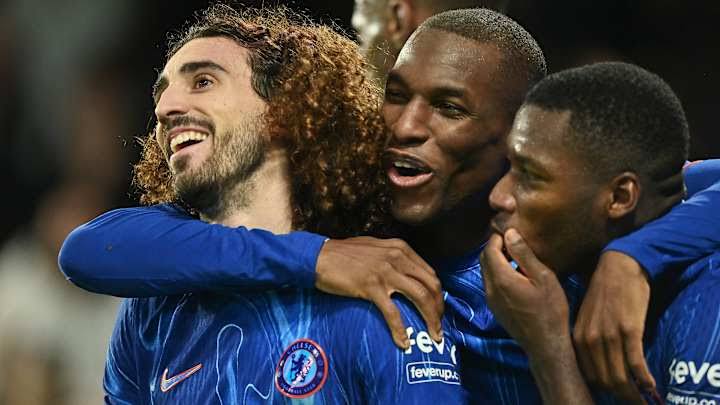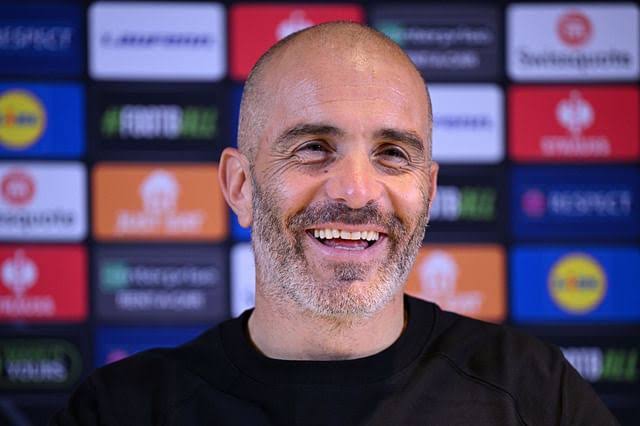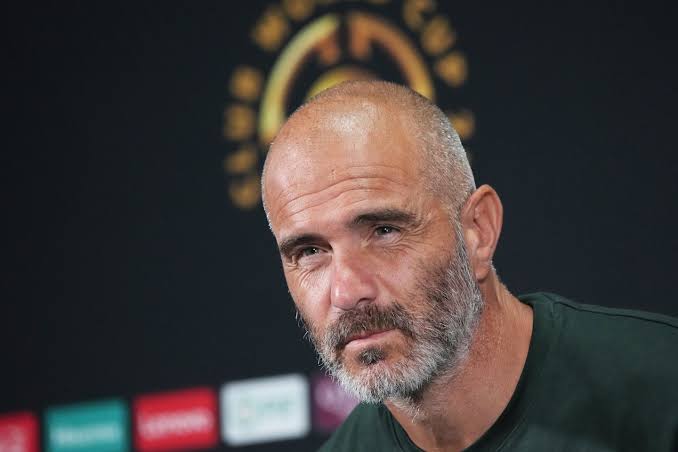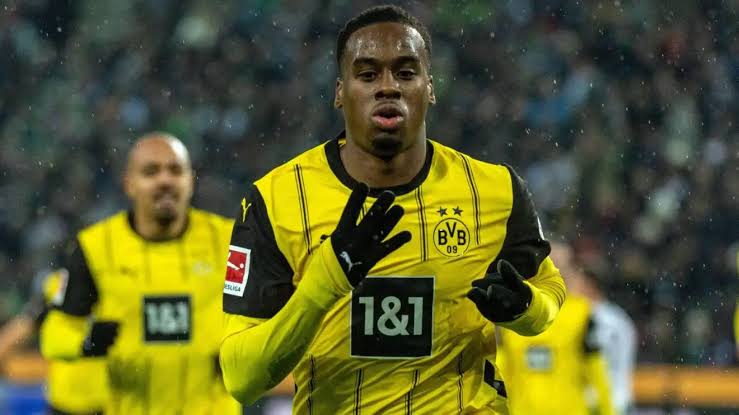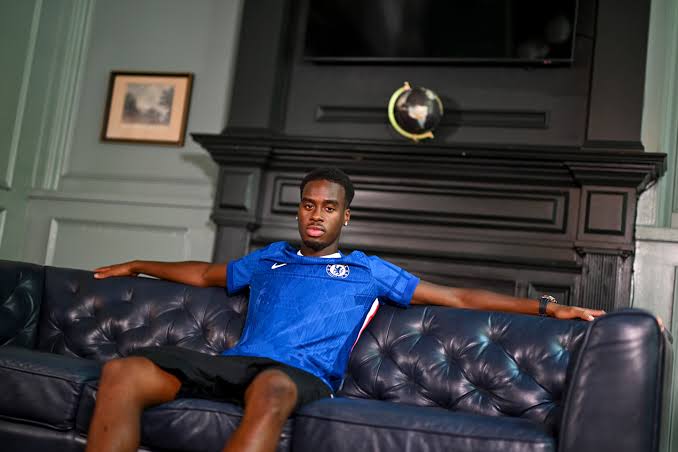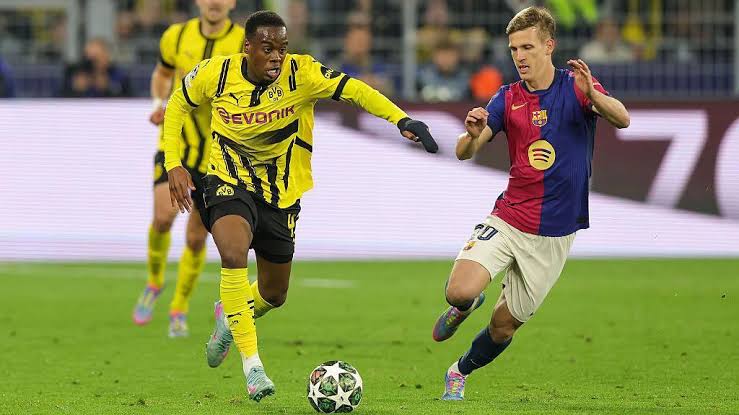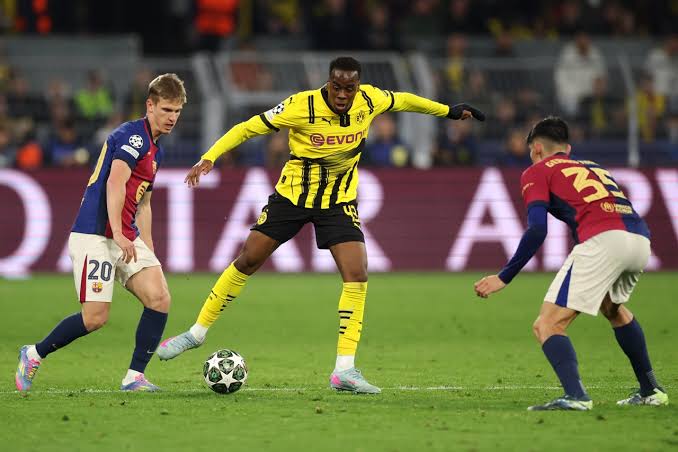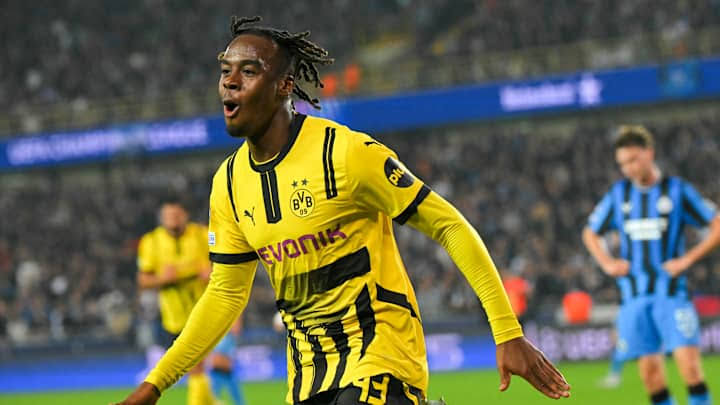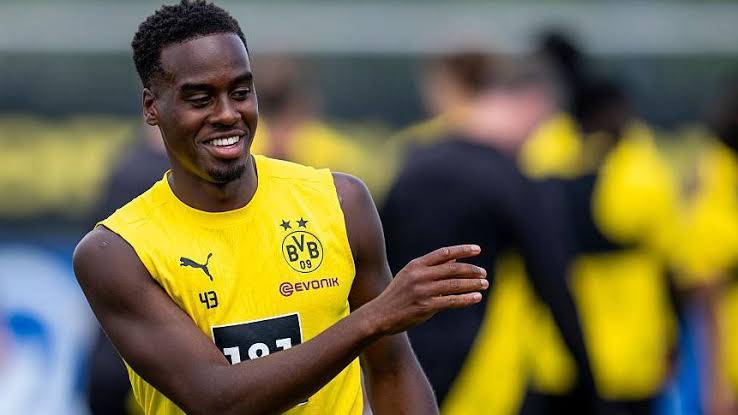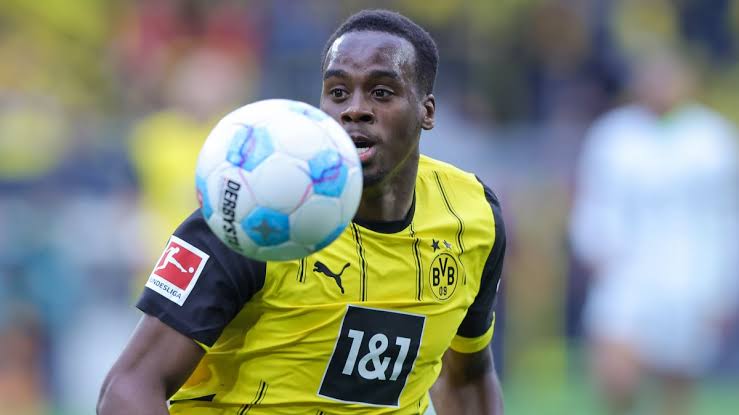A 25-year-old defender sprinting down the Stamford Bridge touchline, the captain's armband gleaming under the floodlights, delivering a cross that splits the defense like a surgeon's scalpel. That's Reece James Chelsea in his element – part warrior, part artist, and entirely committed to the Blues.
You know that feeling when you watch a player and think, "This guy just gets it"? That's exactly what happens when you see Chelsea captain Reece James in action. He doesn't just wear the armband; he embodies everything it represents. But here's the thing – his journey to captaincy wasn't handed to him on a silver platter. It's been earned through grit, determination, and an unwavering love for the club that runs deeper than the Thames.
The Making of a Captain: When Did Reece James Truly Arrive?
Let me paint you a picture of Reece James leadership in action. It was during that crucial Champions League match against Real Madrid when everything clicked. While other players might have shrunk under the pressure, James stepped up, barking instructions, positioning teammates, and playing with the composure of someone who'd worn the armband for decades.
When did Reece James become Chelsea captain? The official announcement came in August 2023, but if you'd been watching closely, you'd have seen the signs long before. Thomas Tuchel, and later Frank Lampard during his interim stint, had already recognized something special in the Chelsea right-back Reece James. His natural leadership qualities were impossible to ignore.
The transition wasn't just about tactical awareness or technical ability – though James has both in spades. It was about that intangible quality that separates good players from great leaders. You see it in how he encourages a nervous young defender, how he celebrates with the bench players after a goal, how he takes responsibility when things go wrong.
The Position That Made Him: More Than Just a Right-Back
What position does Reece James play for Chelsea? While his primary role is right-back, James has revolutionized what it means to play that position in modern football. He's not just defending; he's creating, scoring, and orchestrating attacks from deep positions.
Here's where it gets interesting – has Reece James played in midfield for Chelsea? Absolutely. Under various managers, we've seen him deployed as a wing-back, a defensive midfielder, and even pushed further forward when Chelsea needed creativity. This versatility isn't just tactical flexibility; it's proof of his football intelligence.
The beauty of James's game lies in his ability to read situations. One moment he's making a crucial tackle in his own box, the next he's delivering a perfect cross from the byline. It's like watching a chess master who can think five moves ahead while sprinting at full speed.
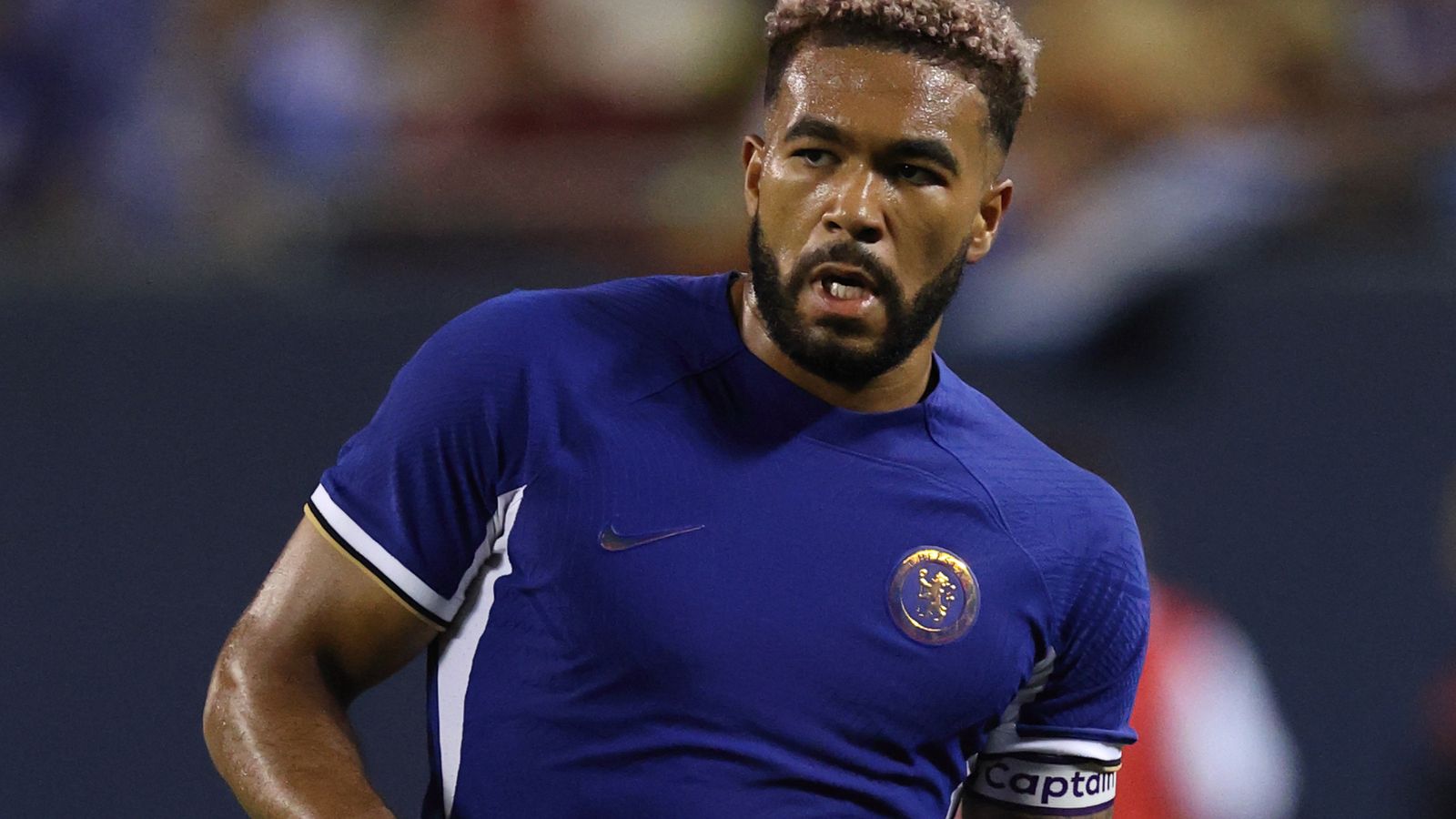
The Injury Battles: A Test of Character
Let's address the elephant in the room – Reece James injury update has become one of the most searched phrases among Chelsea fans, and for good reason. What injuries has Reece James suffered during his Chelsea career? The list reads like a medical textbook: hamstring strains, knee problems, and various muscular issues that have kept him sidelined for crucial periods.
But here's what separates champions from the rest – it's not about avoiding adversity; it's about how you respond to it. James has faced these setbacks with the kind of resilience that defines true leaders. Each comeback has been stronger, more determined, more focused.
How long is Reece James injured for? This question haunts every Chelsea supporter's Google search history. The reality is that modern football demands so much from players physically, and someone like James – who covers every blade of grass during a match – pays a price for his commitment.
I remember watching him return from one particularly lengthy injury layoff. Instead of easing back into the game, he played like someone making up for lost time. That's the James mentality – all or nothing, every single time.
The Stats Don't Lie: A Captain's Impact
Let's look into some Reece James stats that'll make you appreciate his contribution even more:
- Defensive Actions: Averaging 2.3 tackles and 1.8 interceptions per game
- Attacking Threat: 0.4 goals per game from right-back position
- Creativity: 1.2 key passes per match
- Aerial Dominance: 67% aerial duel success rate
- Consistency: 89% pass completion rate
These numbers tell a story of a player who impacts every phase of the game. But statistics, as revealing as they are, don't capture the leadership moments – the way he organizes the defense during set pieces, how he drives forward when Chelsea needs a goal, the calm authority he brings to high-pressure situations.
The Trophy Cabinet: Success Under Pressure
How many trophies has Reece James won as Chelsea captain? While his official captaincy is relatively recent, James has been instrumental in Chelsea's success across multiple competitions. The Champions League triumph, the Club World Cup victory, and various domestic cup runs – he's been there for the big moments.
What strikes me most about James in trophy-winning situations is his composure. Take the Chelsea Club World Cup Reece James performance – he didn't just play; he controlled the tempo, made crucial interventions, and showed why Chelsea trusted him with increased responsibility.
The Reece James Champions League captain moments have been particularly impressive. Leading by example against Europe's elite, making game-changing contributions, and never letting the occasion overwhelm him. It's the kind of leadership that builds legacies.
International Duty: The England Connection
What is Reece James's international career like with England? Here's where James faces one of modern football's greatest challenges – balancing club loyalty with international ambition. Reece James England appearances showcase a player comfortable on the biggest stages, whether it's Wembley or international tournaments.
How does Reece James balance club and international duty? It's a delicate dance. Chelsea fans hold their breath every time he joins up with England, knowing that international football brings its own injury risks and physical demands. But watching him represent his country, you understand why he's become such a crucial figure for both club and country.
The England setup recognizes what Chelsea fans have known for years – James isn't just talented; he's reliable under pressure. His ability to deliver in crucial moments has made him indispensable for Gareth Southgate and now for Thomas Tuchel.
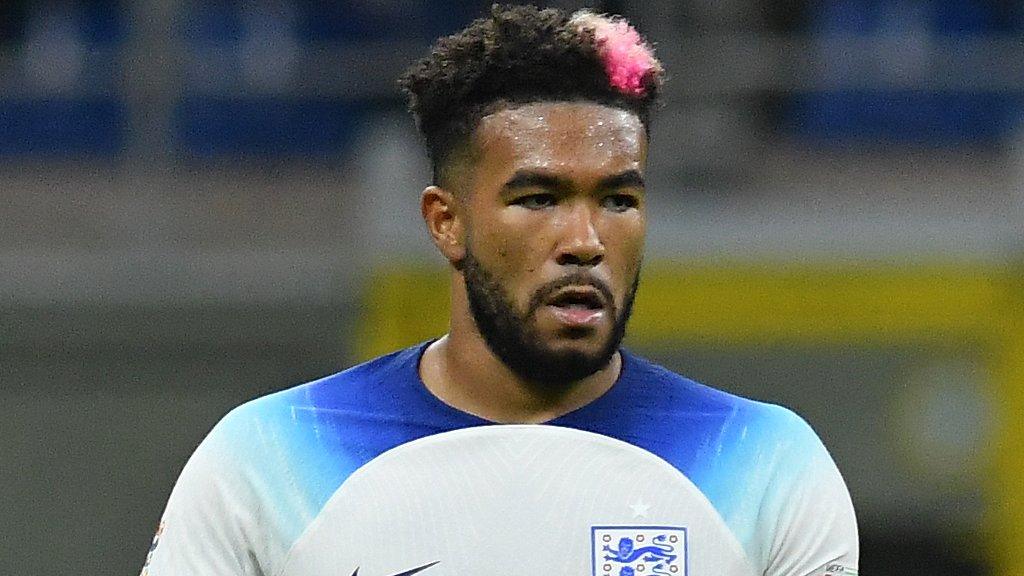
Leadership Style: The James Way
What is Reece James's leadership style as captain? If I had to describe it in one word, I'd say "authentic." He doesn't try to be someone he's not. There's no manufactured gravitas or forced speeches. Instead, his leadership comes through actions, consistency, and an genuine care for his teammates.
What advice has Reece James given to younger Chelsea players? From what we've seen in interviews and behind-the-scenes content, James emphasizes the fundamentals – work ethic, professionalism, and never taking anything for granted. He leads by example rather than grand gestures.
I love watching him interact with Chelsea's academy graduates. There's a natural mentorship quality about him, probably because he remembers his own journey through the ranks. He understands the pressure, the expectations, and the commitment required to succeed at this level.
Related Article...
Chelsea Academy: The Blueprint for Football Excellence – Where Dreams Take Flight at Cobham
Cole Palmer’s Age: How the 23-Year-Old Is Transforming Chelsea’s Future
Jorrel Hato Transfer: Why the Dutch Defender Fits Chelsea’s Team
The Competition and Challenges
Who is Reece James's main competitor for the right-back position? While competition exists, James has made the position his own through consistent performances and leadership qualities. The real competition isn't from within Chelsea's squad – it's from his own high standards and the expectations that come with captaincy.
What are some criticisms or challenges Reece James has faced as captain? The injury concerns are legitimate, and there have been questions about whether his playing style puts him at risk. Some critics argue that a captain needs to be available consistently. It's a fair point, but it overlooks the impact James has when he's fit and playing.
The pressure of captaincy at a club like Chelsea is immense. Every decision is scrutinized, every performance analyzed. James has handled this pressure with remarkable maturity, showing growth that suggests his best years are still ahead.
The Future: What's Next for Captain James?
Has Reece James ever considered leaving Chelsea? Despite inevitable Reece James transfer rumours that circulate during every transfer window, everything suggests his heart is at Stamford Bridge. This is his club, his home, his legacy in the making.
Is Reece James fit to play for Chelsea? This question dominates headlines regularly, and the answer impacts not just Chelsea's tactical setup but the team's entire dynamic. When James is available, Chelsea looks more balanced, more threatening, more complete.
Looking ahead, Reece James return date 2025 searches spike whenever he's injured, showing just how crucial he's become to Chelsea's plans. The club has built much of their tactical approach around having him available, which speaks volumes about his influence.
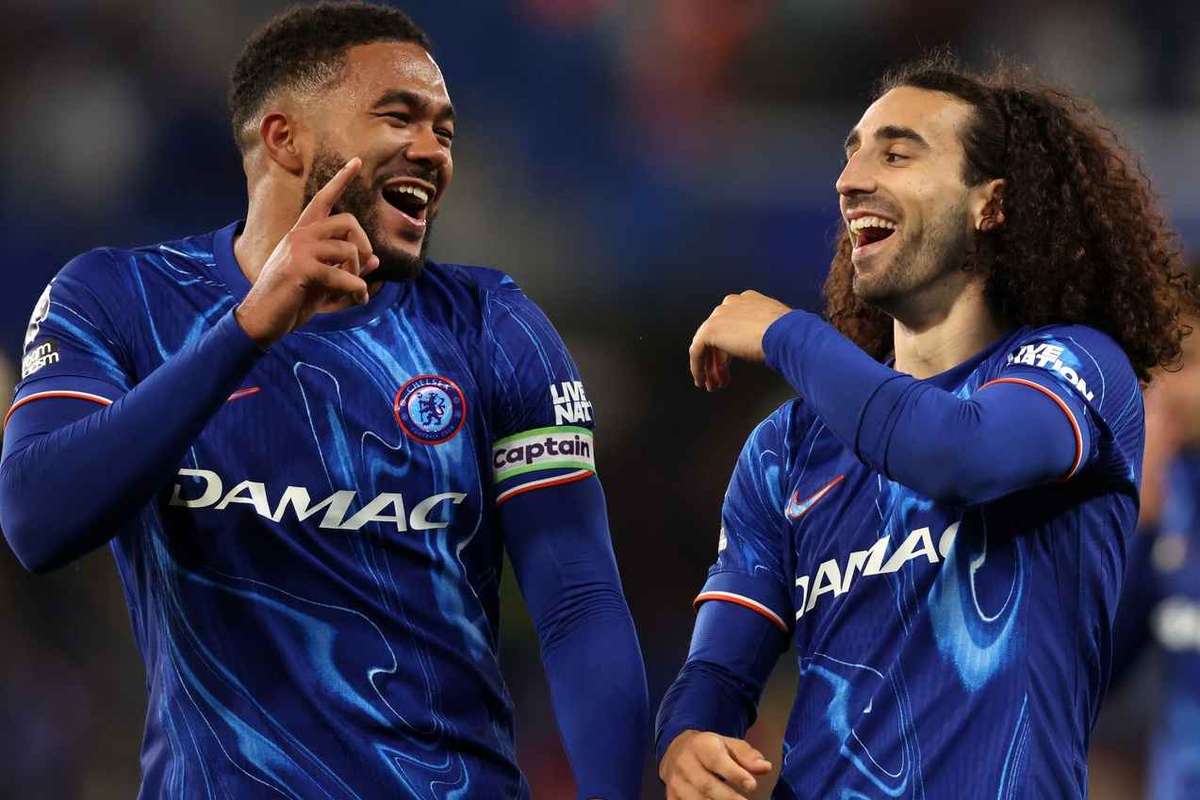
The Personal Side: Beyond the Pitch
Reece James personal life reveals someone grounded despite the pressures of top-level football. Reece James family and siblings have been crucial in keeping him connected to his roots. His sister Lauren James, a star in women's football, provides a unique understanding of the pressures and rewards of professional football.
This family connection to the game gives James a broader perspective on football's role in society. He understands that being Chelsea captain means being a role model, not just for young Chelsea fans but for aspiring footballers everywhere.
Tactical Evolution: The Modern Full-Back
What makes James special isn't just his physical attributes – pace, strength, crossing ability – it's his football intelligence. He reads the game like someone who's studied it for decades, not someone who's just 25 years old.
Chelsea manager opinion on Reece James has been consistently positive across different coaching regimes. Tuchel, Potter, Lampard, and Pochettino have all recognized his tactical versatility and leadership qualities even the Chelsea current coach Enzo Maresca. That consistency of opinion from different tactical philosophies speaks to James's adaptability.
Watching his game has been Interesting. Early in his career, he was primarily seen as an attacking threat. Now, his defensive awareness and positioning have improved dramatically, making him one of the most complete full-backs in world football.
Media and Public Perception
Reece James news generates significant interest because fans recognize his importance to Chelsea's success. Quotes from Reece James about leadership reveal someone who takes the responsibility seriously but doesn't let it overwhelm his natural playing style.
Reece James captaincy challenges have been well-documented, but his responses to these challenges have been impressive. Rather than making excuses or deflecting responsibility, he's shown accountability and determination to improve.
The Bigger Picture: Legacy in the Making
Who was Chelsea captain before Reece James? The armband has been worn by some legendary figures – John Terry, Gary Cahill, Cesar Azpilicueta. James is now writing his own chapter in that proud history.
How long has Reece James been at Chelsea? His entire professional career has been with the Blues, from academy graduate to first-team regular to captain. This journey gives him a unique understanding of the club's culture and expectations.
Reece James career milestones continue to accumulate, but perhaps the most significant is still to come – leading Chelsea to major trophy success as captain. The foundation is there; the potential is obvious; the opportunity awaits.
Looking Forward: The Captain's Mission
As we look toward the future, several things become clear about Chelsea squad captain Reece James. His injury battles haven't diminished his influence; they've perhaps made him more determined. His leadership style continues to evolve, becoming more assured and natural.
The Chelsea captain Reece James latest news will always generate interest because fans understand what he represents – hope, continuity, and the possibility of success. When he's fit and playing, Chelsea looks like a different team. When he's injured, the entire tactical setup needs adjustment.
Reece James vs Paris Saint-Germain performances and other big European nights have shown he relishes the biggest occasions. Reece James FA Cup performance records demonstrate his ability to deliver in domestic competitions too. This versatility across competitions marks him as a captain for all occasions.
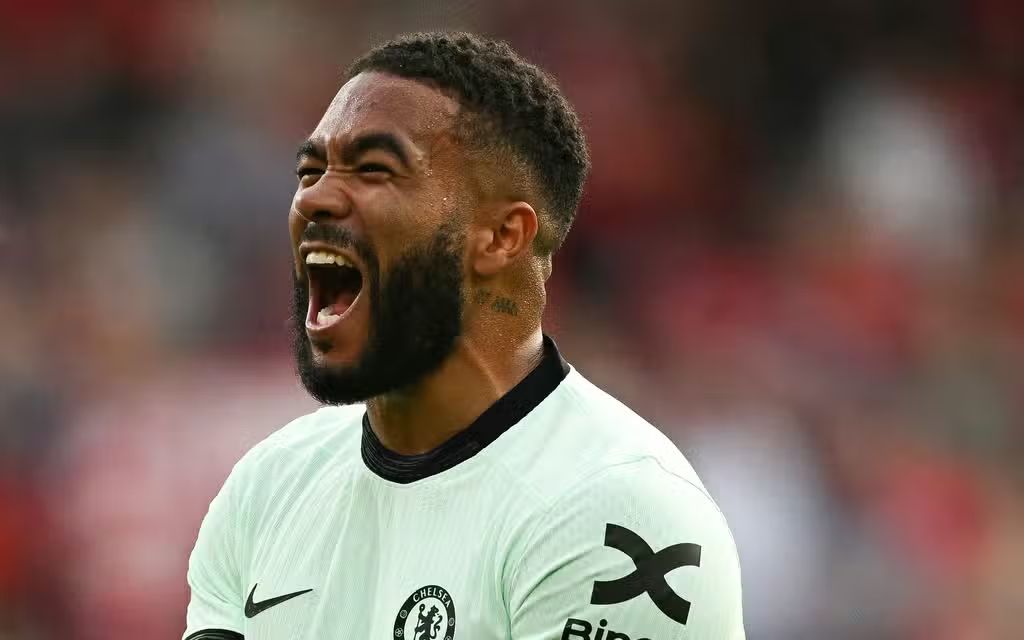
Conclusion: More Than Just a Captain
Here's what I want you to remember about Reece James: he's not just wearing the armband because he's the best player (though he might be). He's wearing it because he understands what Chelsea means – to the fans, to the community, to the history of the club.
Every time you see him sprint back to defend in the 90th minute of a match, every time he steps up for a crucial free-kick, every time he puts his arm around a struggling teammate – that's leadership in action. It's not about speeches or gestures; it's about consistency, reliability, and an unwavering commitment to excellence.
The next time Chelsea takes the field with Reece James as captain, watch how he positions himself during the team photo, how he interacts with the officials, how he celebrates the goals and consoles teammates after mistakes. That's your captain – not perfect, but perfectly committed to being the leader Chelsea needs.
What do you think makes a great captain? Is it the ability to perform under pressure, the commitment to teammates, or something deeper? Share your thoughts on what makes Reece James the right choice to lead Chelsea into the future.
